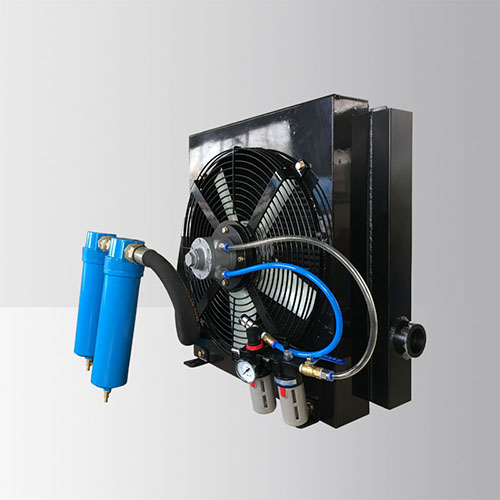APPROACH ANGLE concept The approach angle is the maximum angle between the horizontal plane and the plane cut to the outer edge (static load) of the front tire. Any rigid parts fixed to the vehicle in front of the front axle must not be below this plane. When people approach the corner, people often bundle it with the off-road vehicle, because on the off-road vehicle, its passability is more concerned about all of its performance. What is the close relationship between the proximity angle and passing sex? Since the off-road vehicle has a high minimum ground clearance, the greater the approach angle, the stronger its ability to pass. For example, the Hummer's ground clearance is as high as 11.5 inches, giving it an approach angle of 51 degrees. This, coupled with strong power support, is the reason for its decades-long drive to the battlefield. Other SUV manufacturers are also constantly improving the body, increasing the angle of approach, and further improve the car's passing performance. APPROACH ANGLE example Is the proximity angle not important to the car? The answer is equally important. Because cars cannot always be driven on roads with good road conditions, they also need to have a certain ability to control if they encounter potholes. In this respect, the Citroen c5 is doing a better job. The third-generation hydraulic suspension system it uses can intelligently adjust the height of the vehicle body according to the road quality and driving speed. When the vehicle speed exceeds 110km/h, the vehicle will automatically reduce the front suspension height by 15mm and the rear suspension height by 11mm on the basis of the normal driving height; when the vehicle speed is lower than 60km/h, the whole vehicle will rise by 20mm on the conventional basis. To accommodate the pit roads that may be encountered. The approach angle of the C5 can be changed at any time with changing road conditions. It is like riding a wild wild horse on the boundless grassland. The horse can freely adjust its own balance according to the conditions of the grassland, and the owner can enjoy the infinite prairie scenery. For those mini vehicles, such as Alto (close to 28 degrees) and Big Dipper (26 degrees near corner), they have a harder time for roads and can barely pass. If the road is bad, they can only sit still. APPROACH ANGLE Conclusion Therefore, it is not difficult for us to draw the following conclusion: The larger the approach angle, the less likely the car accident occurs when the car is ferrying on and off the ship or when driving off-road, and the better the car's passing performance is. â— Departure angle The Departure angle (pictured) refers to the angle between the tangent line drawn from the rear end of the vehicle body at the rear end of the vehicle and the road when the car is full and stationary, that is, the horizontal plane and the tire cut out from the last wheel of the vehicle. The maximum angle between the planes of the edges (static loads), any rigid parts fixed to the vehicle behind the last wheel must not be below this plane. It characterizes the ability of a car not to collide when it leaves an obstacle (such as a hillock, a gully, etc.). The greater the departure angle, the better the car's passability. Relative to the proximity angle used in climbing, the departure angle is applicable when downhill. As the vehicle descends all the way, the current round has already travelled to the flat ground. When the rear wheel is still on the slope, the rear bumper will not be stuck on the slope. The key is to leave the corner. The greater the departure angle, the steeper the ramp down the vehicle, without worrying about the rear bumper stuck. Product Parameters
The noise value is a value at a distance of 1 m.
Pneumatic Fan Heat Exchanger,Pneumatic Driven Fan Heat Exchanger,Industrial Water Air Cooler,Elevator Hydraulic Oil Cooler Xinxiang Zhenhua Radiator Co., Ltd. , http://www.thermictransfer.nl
APPROACH ANGLE Introduction
Pneumatic Driven Fan Bar Plate(plate-fin) Heat Exchanger Series
Features:
Aluminum bar plate fin structure, coupled with high-performance air pump motor and high-strength fan leaves, in the complex working conditions for a long time to work.
Application:
air compressor gas cooling.
Technical Parameters:
The displacement of the motor in the table is for reference only and can be adjusted according to the actual working conditions and requirements.
Motor in and out of the oil is bidirectional, the standard configuration for the suction type.
Maximum operating pressure: 100psi Best use pressure: 70psi Applicable temperature: -10 ℃ ~ 70 ℃
